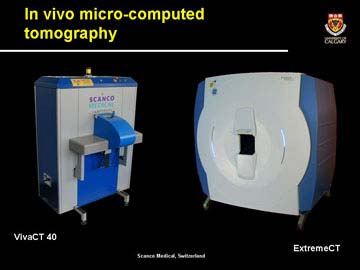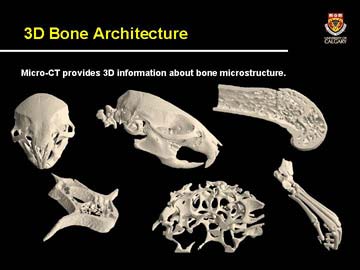Researching human ancestors with a tomography machine
A very high resolution tomography machine called XtremeCT was originally designed to study osteoporosis in astronauts, which has been used to study the teeth and teeth of the two ape species. Male (Australopithecus) was discovered in South Africa, Australopithecus africanus (2.5 million years old) and Paranthropus robustus (2 million years).
The initiative is funded by the National Space Research Center, European Space Agency, European Union and is implemented by SCANCO Company. Professor José Braga of Paul-Sabatier University's prehistoric anthropology department (Toulouse, France) led the study.
This scanner allows to study the microstructure of teeth without intrusion by providing virtual sections with a difference of 40 microns. The first images were introduced on March 8 at Purpan Medical College. 4,700 sections were made at Australopithecus africanus (an 18-year-old man), while the sections of the Paranthropus robustus (6 years old) were not completed.

(Photo: enme.ucalgary.ca)
The other is to expand the study of other large monkeys and humans, to determine the location of these species in human lineage.
The scanner also has the ability to virtually replicate deformed skulls over time discovered buried underground. This work was done in a Homo erectus skull dating back to 936,000 years found in Yuxian (China).

(Photo: enme.ucalgary.ca)
- Russian scientists created a scanner that could detect even the smallest crack in an airplane
- See 550 million years of human evolution in 1 minute
- Super computer scanners
- This horror creature turns out to be the oldest human ancestor
- Are our ancestors joking?
- New shocking disclosure of human ancestors
- Why do the ancient ancestors of human beings walk on two legs?
- Machine steals the first multi-slice class in the North
- Prove human ancestors of Asian origin
- Determining the evolution of human apes
- Sexual revolution of human ancestors
- Using a tomography machine, researchers who read the 500-year-old ancient texts were scorched
 Discovered an ancient centipede fossil 99 million years old
Discovered an ancient centipede fossil 99 million years old Discovered bat-like dinosaurs in China
Discovered bat-like dinosaurs in China Discovered a 200-year-old bronze cannon of the coast
Discovered a 200-year-old bronze cannon of the coast Discover 305 million-year-old spider fossils
Discover 305 million-year-old spider fossils